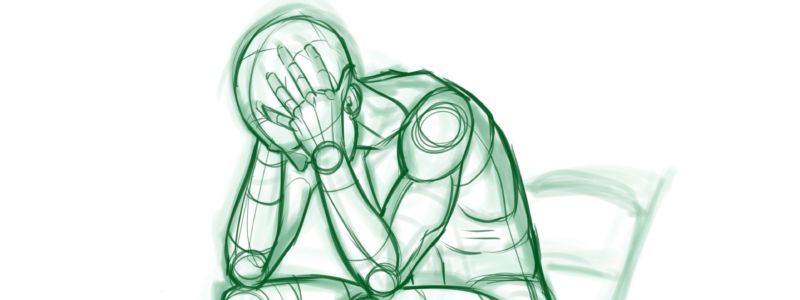What is Body Dysmorphic Disorder?

Many people may have heard of Body Dysmorphic Disorder (BDD) but may not be aware of exactly what it is, who it affects, how it affects them, what is the cause of it, and what treatments are available to treat the condition. This blog post will look at those areas as well as highlighting a condition that can lead to feelings of self-harm, depression and suicidal thoughts.
BDD is a mental health condition that is linked with anxiety, and is related to body image. A person with BDD spends a lot of time worrying about flaws in their appearance, ones which are often not noticed by other people. Symptoms of the disorder include a person worrying a lot about a specific area of their body, which is commonly their face; looking in the mirror a lot or not at all; making a lot of effort to conceal the flaws they think they have, such as spending a long time applying make-up; and spending a lot of time making comparisons between the way other people look and how they do.
Such symptoms can be obsessive worries and/or compulsive behaviours due to the perceived flaws, and can have a huge impact on a person’s life. BDD is closely related to obsessive-compulsive disorder (OCD) and such behaviours and obsessions can cause emotional distress, and can impact on how a person lives their life, with it possibly varying in severity from day to day. Due to the feelings and concerns surrounding their appearance, relationships with others and the work life of people who have BDD can also suffer as a result of the condition.
As well as the symptoms of BDD, other problems can also be caused from it, such as depression, anxiety, eating disorders and self-harm. Feelings such as guilt, loneliness, shame, and having suicidal thoughts can also be present, as well as feeling that they need to have medical procedures such as cosmetic surgery. People with BDD may also isolate themselves from other people in order to avoid situations that cause them discomfort or anxiety, and they may misuse alcohol or other drugs.
What causes BDD is not completely known, but research has found there to be certain risk factors that could mean a person is more likely to experience it. These include having low self-esteem, being bullied or abused, have a fear of being isolated or alone, having depression, OCD, or anxiety, or being due to genetics. Having low self-esteem can make a person become fixated on their appearance and what they want to improve, while experiencing bullying or abuse can cause someone to develop a negative image of themselves which then leads to obsessive feelings towards their appearance. Fear of isolation or being alone may cause a person to think they need to look a certain way to maintain friendships or a relationship. Genetic factors have been found from evidence that suggests that BDD is more common in people who also have family members with the condition, but it can be difficult to know whether the behaviours are due to inherited genes or from what they have picked up from watching the behaviour of their family members.
BDD affects both women and men, and people of any age can have it, but it is most common in teenagers and young adults. People who have the condition are often reluctant to seek help for it because they think that people will think they are vain or judge them. This results in many people experiencing the symptoms of the condition before they get help.
It is important for people with BDD to know that having the condition does not mean they are self-obsessed or vain, but they need help and support. Going to a GP is usually the first step is seeking help for the condition as they can provide a diagnosis and a referral for treatment. Depending on the person’s symptoms, Cognitive Behavioural Therapy (CBT) is usually given before any medication is. There is a lot of information available about BDD and so please look at the links in the references section for further guidance.
Sarah Keeping
Follow Sarah on twitter at @keepingapproach
Image credit – https://pixabay.com/users/posemuse-2382407/
Follow E-therapy on social media:
Facebook – @Etherapy
Instagram – @EtherapyToday
Twitter – @EtherapyToday
References

